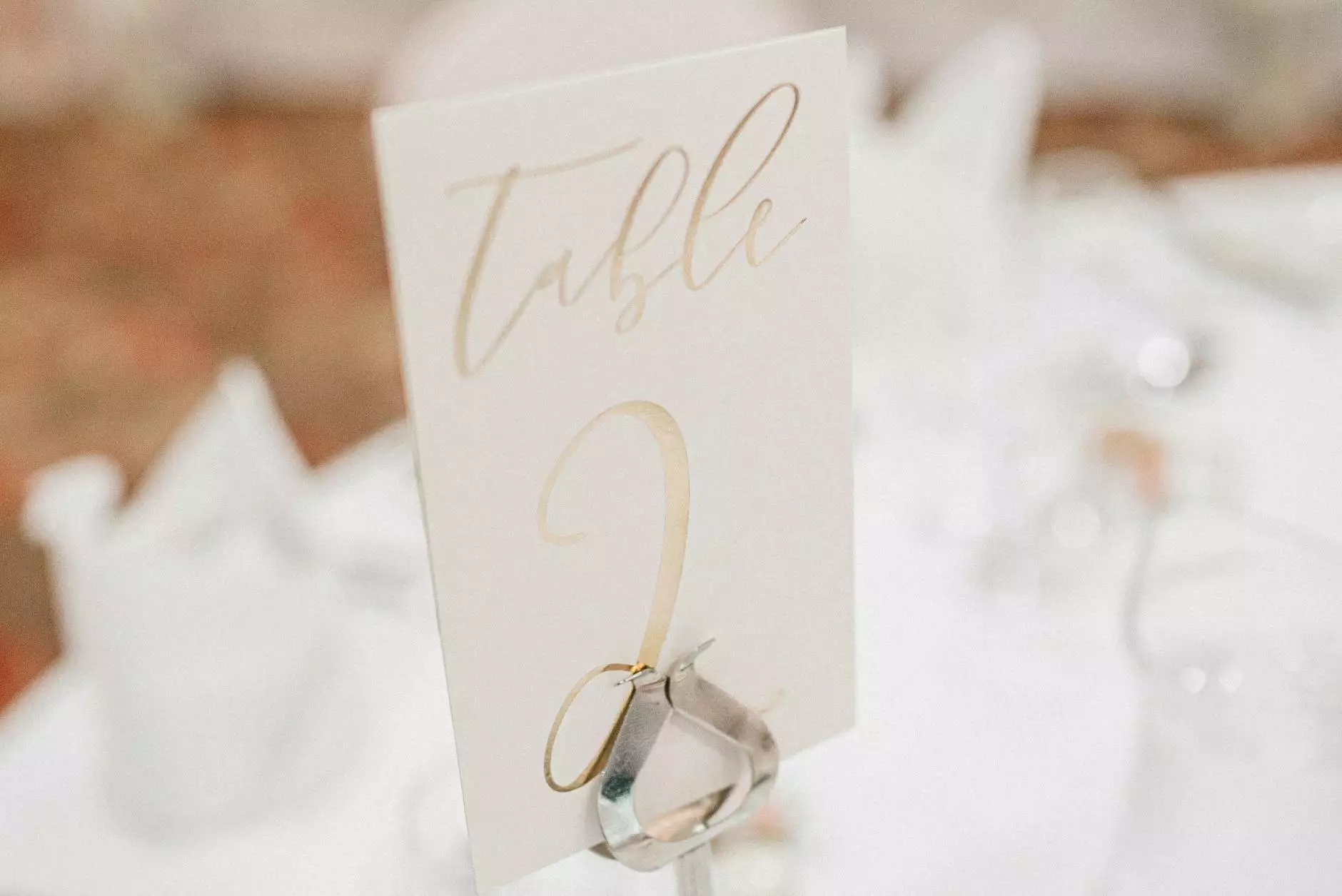Explore the Elegance of Italian Furniture: A Complete Guide

Elegant, sophisticated, and innovative, Italian furniture is not merely a home accessory; it is an art form that brings life, style, and a luxurious touch to spaces. For centuries, Italy has been celebrated for its impeccable craftsmanship and design aesthetics, making it a leader in the global furniture industry. This article dives deep into the world of Italian furniture, exploring its history, styles, materials, and significance in contemporary interior design.
The History of Italian Furniture
Italian furniture design has evolved through various cultural influences, periods, and artistic movements. Tracing back to ancient Rome, the foundations of furniture making were laid with intricate carvings, luxurious materials, and functional designs.
1. From Roman Times to the Renaissance
During Roman times, furniture was primarily functional with an emphasis on sturdiness. The Renaissance period infused new life into furniture design with ornate details and craftsmanship.
- Influence of Art: The Renaissance saw furniture adorned with paintings, sculptures, and intricate carvings, inspired by classical art.
- Innovative Techniques: Craftsmen began using new techniques like marquetry and inlay, leading to more elaborate designs.
2. Baroque and Rococo Styles
The 17th and 18th centuries introduced the Baroque and Rococo styles, which emphasized grandeur and ornate decoration.
- Baroque furniture showcased bold lines, rich colors, and intricate details, while
- Rococo brought a lighter, more playful touch with curved forms and delicate motifs.
3. Modernism: A Shift in Design Philosophy
The 20th century heralded a new era of furniture design. With the rise of Modernism, Italian designers began to prioritize functionality, simplicity, and emotional connection.
- Key Figures: Designers like Gio Ponti and Ettore Sottsass revolutionized the approach to furniture, blending art with utility.
- Post-Modernism: The radical ideas of the Memphis Group challenged traditional forms, adding color and fun back into design.
The Characteristics of Italian Furniture
What truly sets Italian furniture apart is its exceptional quality, unique design language, and cultural significance. Here are some defining characteristics:
1. High-Quality Materials
Italian craftsmen take great pride in their work, often using the finest materials available.
- Wood: Hardwoods like walnut, cherry, and oak, renowned for their durability and beauty.
- Leather: Luxurious leather upholstery that adds a touch of elegance and comfort.
- Textiles: Rich fabrics often incorporate vibrant colors and patterns, adding warmth and personality to furnishings.
2. Craftsmanship and Attention to Detail
Each piece of Italian furniture reflects the dedication to craftsmanship, featuring:
- Handmade Quality: Many items are crafted by artisans who have honed their skills over generations.
- Intricate Designs: Furniture pieces often incorporate hand-carved details and complex joinery.
- Customization: Italian furniture can often be tailored to suit the unique tastes and needs of homeowners.
3. Timeless Elegance
Italian design is synonymous with timelessness. Classic pieces never go out of style, making them a worthwhile investment for any home.
The Varied Styles of Italian Furniture
Italian furniture is incredibly diverse, reflecting regional styles and trends. Here are some notable categories:
1. Contemporary Italian Furniture
Combining innovation with tradition, contemporary Italian furniture is sleek, minimalist, and functional. It emphasizes clean lines, neutral palettes, and the use of modern materials.
2. Classic Italian Furniture
This style embraces opulence and grandeur, often featuring rich woods, ornate carvings, and luxurious fabrics. Classic pieces are perfect for adding a regal touch to any room.
3. Rustic Italian Furniture
Rooted in traditional craftsmanship, rustic Italian furniture showcases rough-hewn woods, distressed finishes, and earthy colors, evoking a warm and cozy atmosphere.
Choosing the Right Italian Furniture for Your Home
Selecting the right pieces of Italian furniture can transform your space. Here are some essential tips:
1. Define Your Style
Evaluate the overall aesthetic of your home. Are you drawn to modern forms, or do you prefer rich, classic designs? Understanding your style will guide your choices.
2. Consider Functionality
Think about how each piece fits into your living space. Will it serve a purpose or simply adorn the room? Balance beauty with practicality.
3. Invest in Quality
Italian furniture is an investment. Focus on high-quality pieces that will last for generations rather than trendy items that may quickly fade from relevance.
The Benefits of Investing in Italian Furniture
Investing in Italian furniture transcends mere aesthetics. Here are several advantages:
1. Durability
High-quality materials and craftsmanship ensure longevity, making Italian pieces a wise investment for the long haul.
2. Resale Value
As a luxury item, well-maintained Italian furniture often retains, or even appreciates, its value over time.
3. Enhanced Aesthetic Appeal
Italian furniture brings an undeniable elegance that can elevate the look of your home, impressing guests and creating a welcoming atmosphere.
Where to Buy Authentic Italian Furniture
When purchasing Italian furniture, authenticity is crucial. Here are some tips for sourcing genuine items:
1. Reputable Retailers
Shop from established retailers that specialize in Italian imports. Websites like Iqmatiques.com offer a curated selection.
2. Artisans and Workshops
Consider purchasing directly from artisans or workshops in Italy. This can often provide access to custom, handcrafted furniture.
3. Design Shows and Exhibitions
Attend design shows like Salone del Mobile in Milan, where you can see the latest innovations and directly connect with manufacturers.









